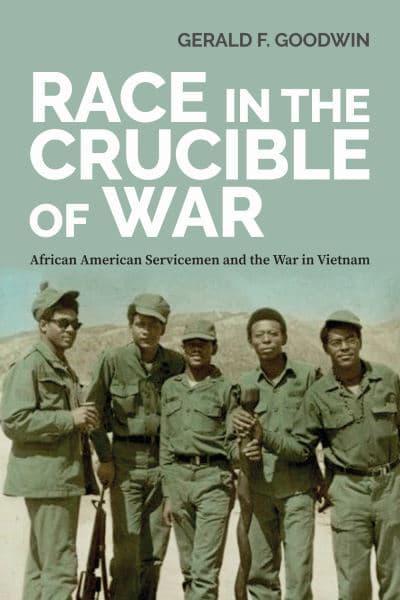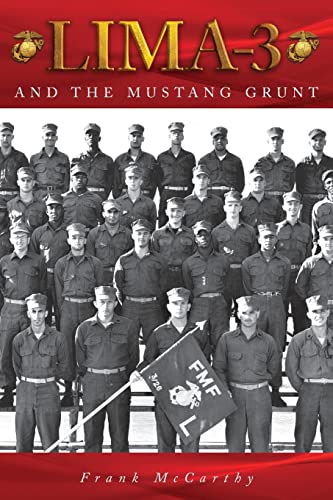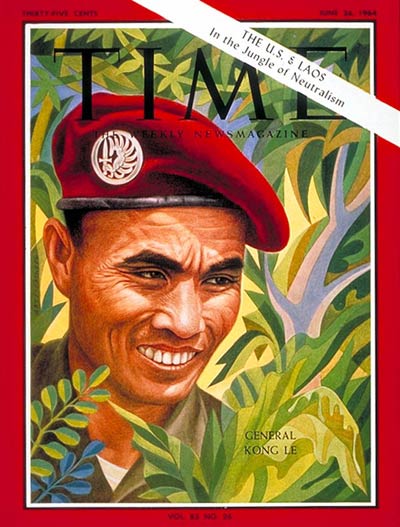
teve Hassett enlisted in the Army when he was 19 years old. He served as an infantryman in South Vietnam from 1966-67 where he rose to be a squad leader. Hassett could have written a memoir, but he chose to write Charlie 1/5 Cav: An Airmobile Infantry Company’s 67 Months in Vietnam (Deeds Publishing, 434 pp. $22.95, paper; $4.99, Kindle), a history of his 1st Cavalry Division unit in Vietnam from 1964-72.
“Soldiers flying into battle and leaping from helicopters became one of the lasting images from Vietnam, but the reality was usually quite different,” Hasset writes. Charlie Company did go into combat in Hueys, but usually they were carried to a place on a map for an unknown reason. They would then hump the boonies hoping to make contact with the enemy. Even though they weren’t always leaping into hot LZ’s, these grunts had to deal with a host of hardships, including “stifling heat, mud, boredom, rain, mind-numbing exhaustion, more rain, comradeship, cold, fear, isolation, confusion, and too much death.”
Charlie Company’s first mission was a typical search-and destroy-operation. By 1972, Charlie was in a defensive posture.
The unit fought in a variety of terrains and various missions. By 1967, the missions fell into five categories: short and uneventful search-and-destroy operations, pacification sweeps, artillery base guarding, and occasional firefights. Not to mention a few battles against a worthy foe. Charlie 1/5 was brought in on the second day of the portentious November 1965 Battle of the Ia Drang Valley, but was not involved in any fighting. Instead, the company provided support for one of the Cav’s artillery bases.
Several common threads run through the encounters. Both sides did a lot of ambushing, for one thing. When casualties occurred, kedevac crew acted valourously to evacuate the wounded. Another theme is the massive air and artillery support brought to bear when Charlie Company was in a bind. And the crises that occurred when firepower could not be used.
Hassett could have used his year in Vietnam to write a Band of Brothers style book about himself and his comrades. However, his decision to concentrate on the unit’s history was a wise one. He does mention many individual soldiers, but there is little in the way of character development. He even downplays his own experiences.

This is truly the story of a company. By following it, we get a history of American involvement via the company’s experiences. Hassett does not use the book to take a position on the war and he is not waving the flag. He lets the reader figure out why things went wrong, although it seems clear that answering guerrilla tactics with ambushes and half-hearted pacification programs was ill-suited to the situation.
Charlie Company tried its best and shed plenty of blood. Hassett names almost every soldier from the unit who died during the war.
Some had letters left at The Wall from family and friends.These heartbreaking “wish you were here” primary sources are poignant because it forces you to wonder if the pain caused by the men’s deaths was justified. Hassett also makes effective use of memoirs, letters, and recollections.
I recommend Charlie 1/5 Cav to anyone who wants to know what it was like to be in an infantry company in the Vietnam War. I wouldn’t start with it, but once you have read a general history of the war, Hassett’s book will provide a revealing micro view.
–Kevin Hardy















